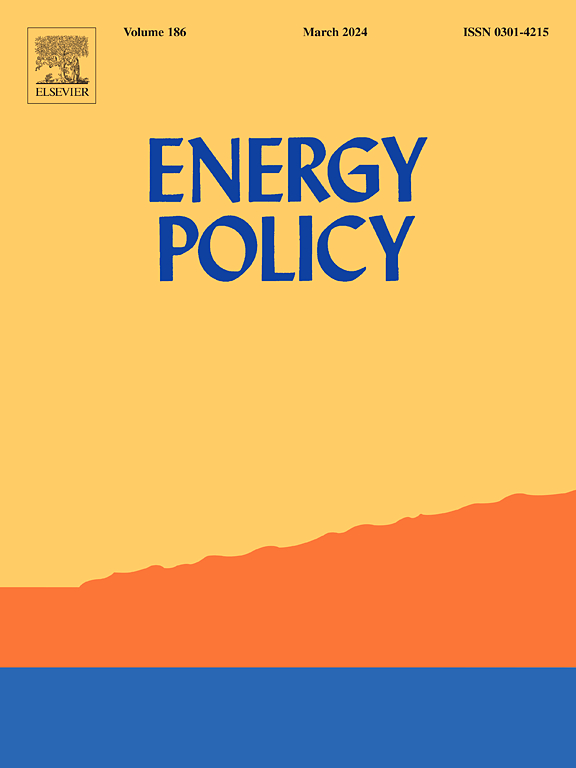Grid tariff design and peak demand shaving: A comparative tariff analysis with simulated demand response
IF 9.3
2区 经济学
Q1 ECONOMICS
引用次数: 0
Abstract
The electrification of the energy system requires significant grid expansion, raising the question of how to defer investments through efficient utilisation of the existing grid. Cost-reflective grid tariff designs that incentivise peak demand shaving are a possible solution. Hence, this paper compares the ability of five capacity-based and energy-based tariff designs to achieve peak demand shaving, and it provides policy recommendations on tariff choice, design options and demand response potential. The analysis is conducted on the basis of real electricity consumption data from 3608 customers in a Norwegian grid area with simulated demand response. A mathematical optimisation model that minimises customers' tariff costs calculates the response to the tariff's price signals. The results show that tariff performance depends on two design characteristics: whether the tariffs target individual or grid peaks and whether peak periods are determined ex-ante or ex-post. Further, we find that energy-based tariffs, such as time-of-use and critical peak pricing, achieve the highest peak demand reduction for load shaving, but may create new and possibly very high peaks if load shifting occurs.
求助全文
约1分钟内获得全文
求助全文
来源期刊

Energy Policy
管理科学-环境科学
CiteScore
17.30
自引率
5.60%
发文量
540
审稿时长
7.9 months
期刊介绍:
Energy policy is the manner in which a given entity (often governmental) has decided to address issues of energy development including energy conversion, distribution and use as well as reduction of greenhouse gas emissions in order to contribute to climate change mitigation. The attributes of energy policy may include legislation, international treaties, incentives to investment, guidelines for energy conservation, taxation and other public policy techniques.
Energy policy is closely related to climate change policy because totalled worldwide the energy sector emits more greenhouse gas than other sectors.
 求助内容:
求助内容: 应助结果提醒方式:
应助结果提醒方式:


